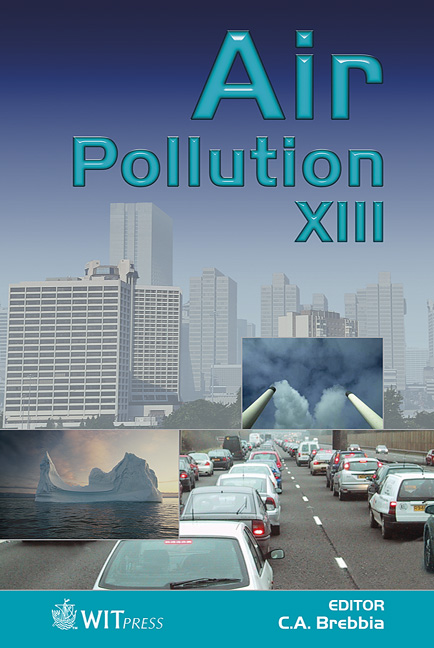Air Pollution In The Base Stations Of The Environmental Integrated Monitoring System In Poland
Price
Free (open access)
Transaction
Volume
82
Pages
11
Published
2005
Size
459 kb
Paper DOI
10.2495/AIR050491
Copyright
WIT Press
Author(s)
K. Sawicka-Kapusta, M. Zakrzewska, J. Gdula-Argasińska & G. Bydłoń
Abstract
Air pollution by heavy metals and sulphur dioxide in the Base Station of the Integrated Monitoring of the Environment was estimated using lichen Hypogymnia physodes (L.) Nyl. as a bioindicator. In July 2001 lichen samples from the natural environment were collected in all seven Base Stations (Szymbark, Ś w.Krzy ż , Po ż ary, Storkow, Koniczynka, Puszcza Borecka, Wigry). The concentration of heavy metals (Cd, Pb, Cu, Zn, Fe) and S were determined in the lichen samples. The global pollution Index and Sulphur Index showed different air contamination of the studied Base Stations. During the winter season 2002/2003 and the summer season 2003 Hypogymnia physodes were transplanted to three Base Stations (Szymbark, Ś w. Krzy ż , Koniczynka). The results confirmed air contamination by heavy metals and sulphur dioxide of the investigated Base Stations. The sources of emissions which caused contamination are different in the cases of these three areas. Keywords: air pollution, heavy metals, sulphur dioxide, Hypogymnia physodes, biomonitoring, transplantation. 1 Introduction Poland was one of the most polluted country in the Eastern Europe. For a long time Poland took the third place in sulphur dioxide emission and second place in the dust emission after former Soviet Union and East Germany [1]. The situation has improved considerably during last fifteen years, but still most of the natural
Keywords
air pollution, heavy metals, sulphur dioxide, Hypogymnia physodes, biomonitoring, transplantation.





